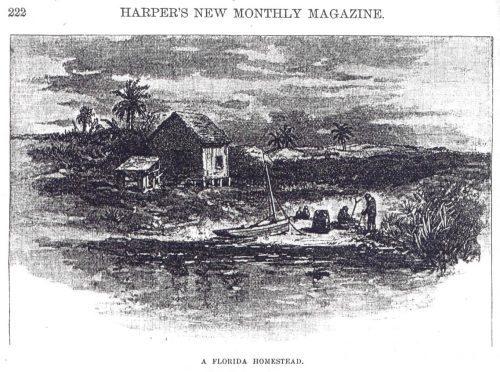Many of the place names for local geographic features in and around Pineland have historic origins, including several that bear witness to some of the first Anglo-American settlers in northern Pine Island Sound, all of whom were contemporaries of one another.

One of the most prominent modern features of the Pineland site, Brown’s Mound, takes its name from Rhode Island native Henry Brown (born 1810), who settled at the Pineland shoreline about 1853, after having lived since before 1840 as an unmarried sailor in Key West. Brown lived at Pineland for more than two decades, including during the turbulent Civil War era, when in 1862 he helped the crew of a Key West schooner escape to the U.S.S. Penguin anchored at Useppa Island after their vessel was run aground and scuttled by a Confederate sloop in Matlacha Pass.
Other nearby islands also took their names from early settlers, including Josslyn Island (itself a prehistoric Calusa shell mound complex), which took its name from Captain William E. Jocelyn. Although born about 1812 in Massachusetts, Jocelyn nevertheless enlisted in the Florida Volunteer Coast Guards from Key West in 1861, and later served in the Confederate infantry. He settled after 1870 on the island that later took his name, and soon developed fame as a shady local character who always carried a rusty rifle, with a pistol and long knife in his belt. Jocelyn lived alone there until his death in 1886.
Nearby Demere Key takes its name from Jocelyn’s neighbor to the south, Georgia native Lewis Demere, born in 1813 on St. Simons Island. He was the great-grandson of Captain Raymond Demeré who fought against the Spanish in the 1742 Battle of Bloody Marsh. Lewis settled on the island that later took his name in the 1870s with his wife Virginia and son Raymond.
Although fairly recent compared to their Calusa and Cuban predecessors, these nineteenth-century settlers also left their own mark on the landscape.
This article was taken from the Friends of the Randell Research Center Newsletter Vol 5, No. 1 March 2006.